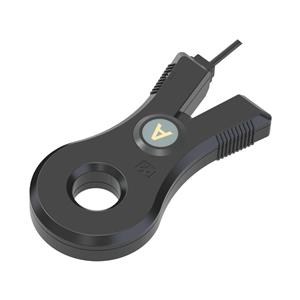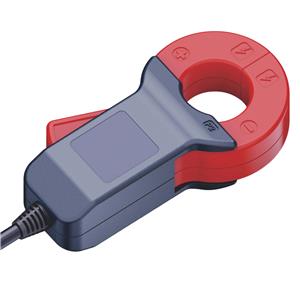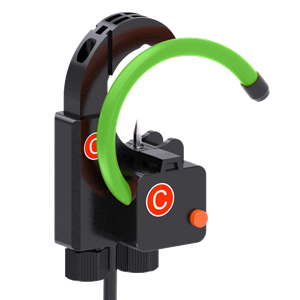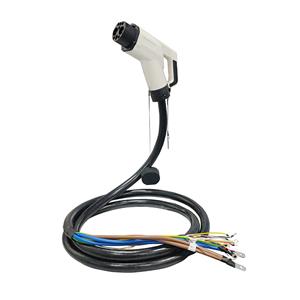The Role of DCT105W-B3 with DC Immunity
Application of Current Transformers in Smart Grids: The Role of DCT105W-B3 with DC Immunity
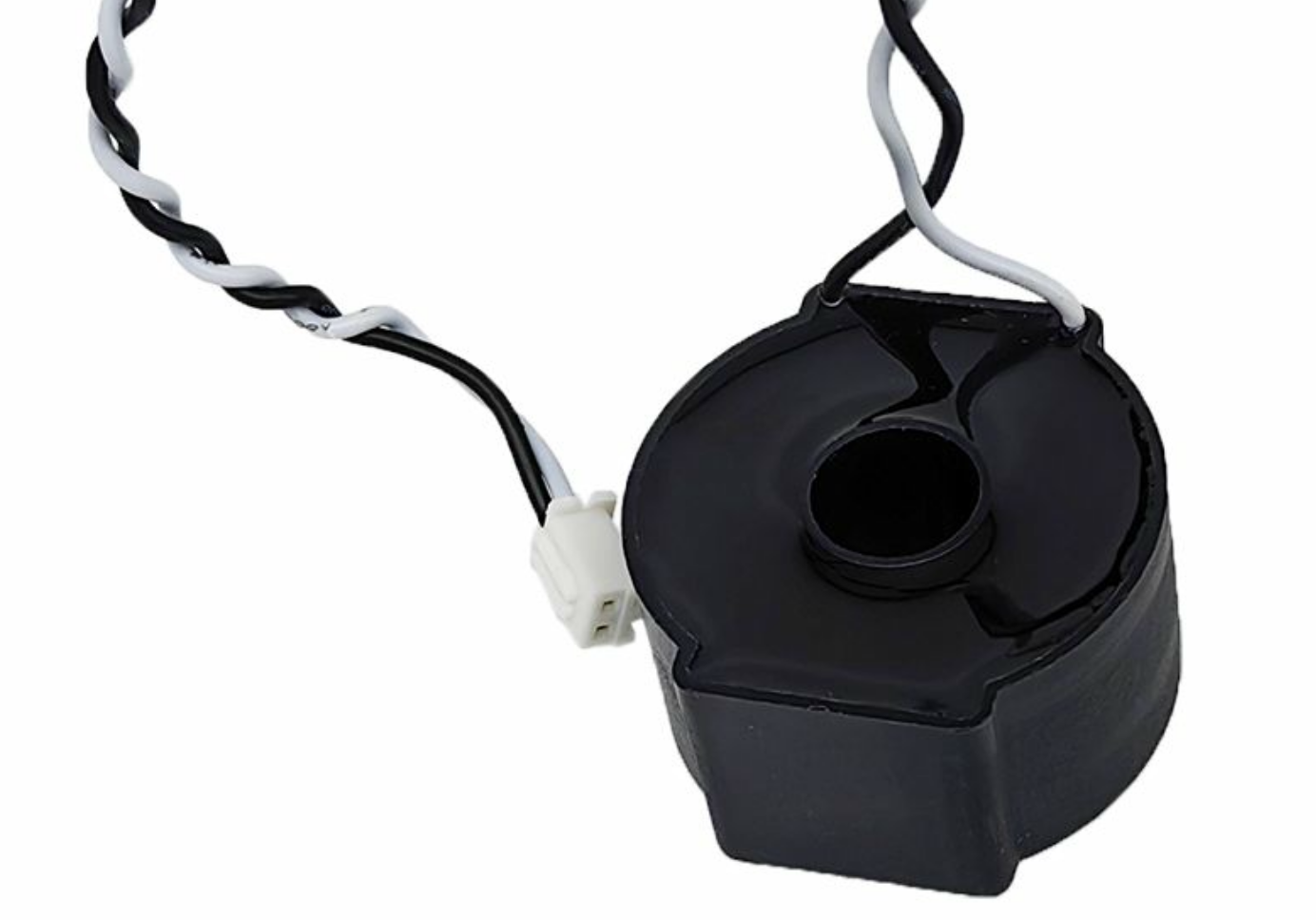
Introduction
The smart grid represents the next-generation power system, integrating advanced sensing, communication, and automation technologies to enhance efficiency, reliability, and sustainability. A critical enabler of this transformation is high-precision current measurement, which underpins energy metering, fault detection, and dynamic protection. Traditional current transformers (CTs), however, struggle in environments with DC offset or mixed AC/DC currents—scenarios increasingly common in modern grids due to renewable energy integration, DC fast charging, and power electronics-driven loads. The DCT105W-B3 120A CT with DC immunity addresses this gap, offering accurate current sensing in complex electrical landscapes. This article explores its applications in smart grid scenarios (e.g., substation automation, distributed energy integration), technical advantages, and future development trends.
Key Applications in Smart Grid Scenarios
1. Substation Automation: Precise Monitoring for Grid Stability
Substations are the nerve centers of the smart grid, where real-time current data is essential for load balancing, fault isolation, and voltage regulation. The DCT105W-B3’s DC-immune design ensures reliable measurement even when DC components (e.g., from converter stations or HVDC transmissions) interfere with traditional AC-only CTs. For example:
Fault Detection: By accurately capturing transient current waveforms (including DC offsets during short circuits), the CT provides high-fidelity data to protection relays, enabling faster tripping and minimizing outage scope.
Dynamic Load Management: In substations serving mixed AC/DC loads (e.g., solar + battery storage), the CT’s stable output supports adaptive control systems that adjust power flow based on real-time demand.
2. Distributed Energy Resources (DERs) Integration: Enabling Clean Energy Adoption
The proliferation of solar photovoltaic (PV) systems, wind turbines, and energy storage units introduces bidirectional power flows and DC components into the grid. The DCT105W-B3 plays a pivotal role in:
Metering for Net Metering Programs: When DERs feed excess energy back to the grid, the CT’s AC/DC-compatible measurement ensures accurate billing and grid contribution tracking.
Microgrid Stability: In localized grids (e.g., community solar + battery systems), the CT monitors fluctuating currents from inverter-based resources, helping maintain voltage/frequency stability through precise data to control algorithms.
3. High-Voltage Direct Current (HVDC) and Converter Stations
HVDC transmission, critical for long-distance renewable energy evacuation (e.g., offshore wind farms), relies on power electronic converters that introduce significant DC offsets. Traditional CTs may saturate or fail in such environments, but the DCT105W-B3’s nanocrystalline core and DC-rejection circuitry ensure:
Accurate Current Feedback for Converter Control: Enabling optimal power transfer efficiency and reducing losses.
Protection Against DC Faults: Providing reliable trip signals to isolate faults without false alarms caused by DC interference.
Technical Advantages Over Conventional CTs
The DCT105W-B3’s competitiveness stems from its innovative design and performance metrics:
DC Immunity: Rejects DC bias (up to [specific rating]) without saturation, ensuring linear output across mixed-current conditions.
High Bandwidth (e.g., 10 kHz+): Captures fast transients (e.g., inverter switching, lightning surges) for early fault prediction.
Compact & Modular Design: Simplifies retrofitting in existing substations and integrates seamlessly with smart metering and IoT platforms.
Enhanced Safety: Galvanic isolation prevents high-voltage risks in distribution automation and DER interfaces.
Future Trends and Development Directions
As smart grids evolve toward self-healing, decentralized architectures, the DCT105W-B3’s role will expand through:
AI-Driven Analytics: Combining its precise current data with machine learning algorithms to predict equipment degradation (e.g., transformer winding faults) or grid congestion.
IoT Integration: Enabling remote monitoring and real-time alerts via cloud platforms, supporting proactive maintenance and demand response.
Wider Dynamic Range: Future iterations may extend measurement capabilities to ultra-high currents (e.g., for next-gen HVDC projects) or lower currents (e.g., residential DERs).
Conclusion
The DCT105W-B3 CT with DC immunity is a cornerstone technology for the modern smart grid, addressing the challenges of mixed-current environments, distributed energy, and high-reliability demands. From substation automation to DER integration, its precision, stability, and adaptability empower utilities and industries to build more resilient, efficient, and sustainable power systems. As smart grid technologies advance, such innovative CTs will remain at the forefront of grid modernization.
SEO Keywords:
Smart grid current transformers
DCT105W-B3 DC-immune CT
Substation automation CTs
Distributed energy metering
HVDC transmission CTs
AC/DC mixed current sensing
Smart grid protection relays
IoT-enabled current monitoring
Future of grid CT technology
Renewable energy CT applications

